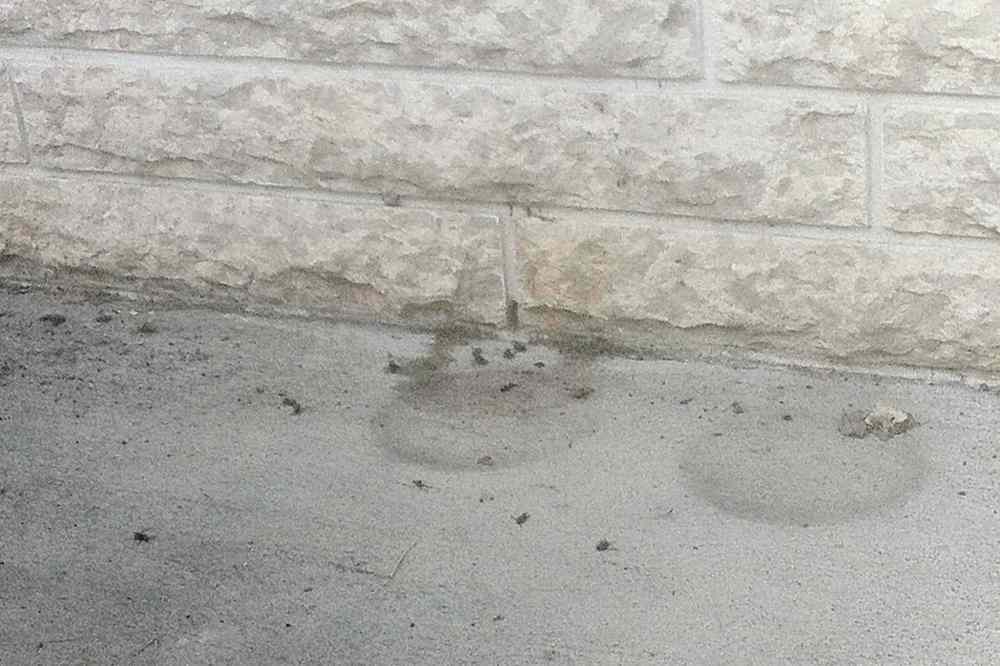Insect dust stings hidden wasp nest
Advertisement
Hey there, time traveller!
This article was published 26/08/2014 (4068 days ago), so information in it may no longer be current.
Get the kids into the house fast!
That was my first thought after I noticed wasp after wasp climbing into a hole made in the mortar joint between the brick on the exterior of our home. Yikes! And it is only a few feet away from our front door. The worst of it is that the nest is most likely in the airspace behind the brick, since it is not visible.
The first day we would just run to the car and hope for the best. Luckily, we accomplished that without incident. But, my husband noticed another nest right in the middle of our flower garden and decided it was time to do something about our new unwanted neighbors. So, he went to the local home repair store and purchased a can of Jet Foam wasp and hornet killer. This product produces a jet stream so one can safely spray the nest from six to eight feet away. We did this when it was dark out and used a flashlight. This is the time of day when most of the workers are inside the nest and if the hornets did escape, they would fly at the light, instead of at us.
The Jet Foam took care of the nest in the middle of the flower garden.

We counted about 15 yellow jacket wasps that were lying on the ground when we bravely went out to check an hour after spraying, dressed in layers and scarfs. But, the next morning there were still some wasps flying around. We sprayed again the second night. Again, there were some flying around in the morning.
At this point, I decided to contact the experts to ask for some advice about the nest in the airspace. According to Taz Stuart at Poulin’s Pest Control, insect dust is the recommended control for nests that are not visible. Spraying into the hole is more likely to spray the back of a wall and miss the nest completely. But, by using a labelled insect dust, it allows the insect to track it back to the nest, wiping out the nest altogether.
I mistakenly thought the black and yellow stripes on the back half of the insect were the markings of a hornet, but according to Stuart, “there are no hornets in Manitoba.” They are yellow jacket wasps. Wasps become more of a pain in late August and September because there are less flowers, so they are looking for high sugar, high carbohydrate snacks. Think steaks and pop — yum! When temperatures plummet and flowers die, wasps run out of food and starve to death. The queen is the only one that survives the winter. She will nest in a warm place, like under tree bark or siding. In the spring, the queen will make a new nest or may use one from the previous year, lay her eggs and begin a new colony. Now that is girl power!
Charlene Kroll is a community correspondent for North Kildonan. She can be contacted at krollcharlene@gmail.com




